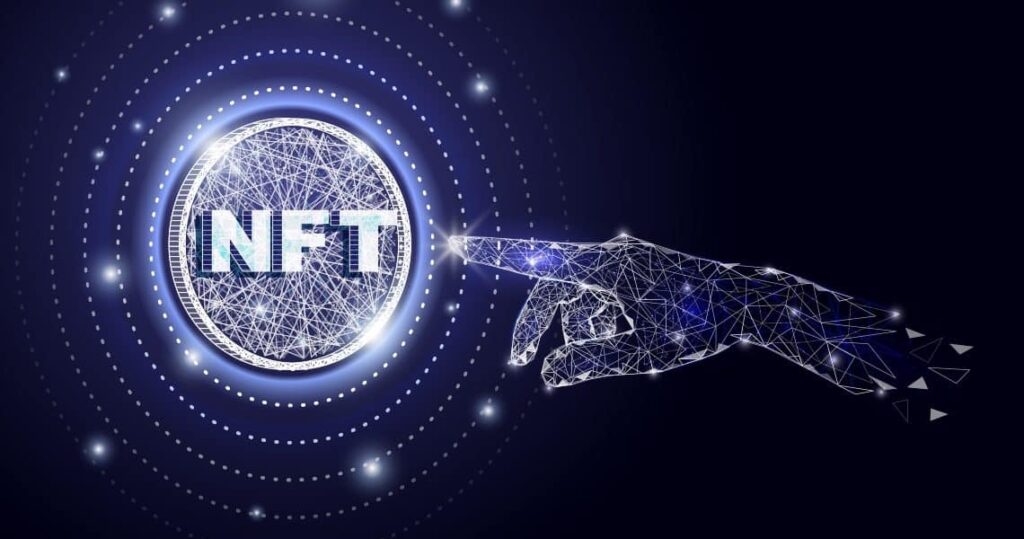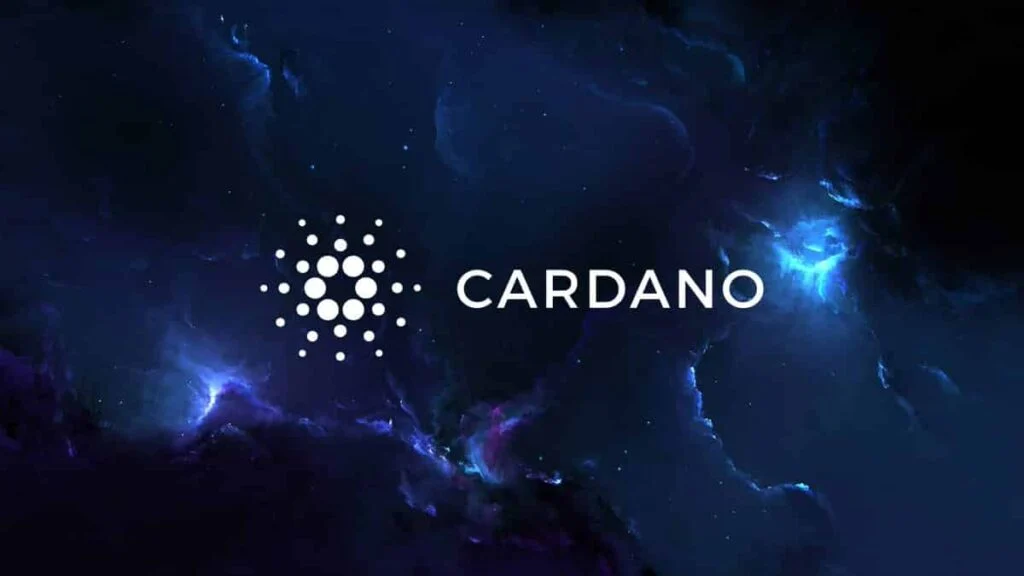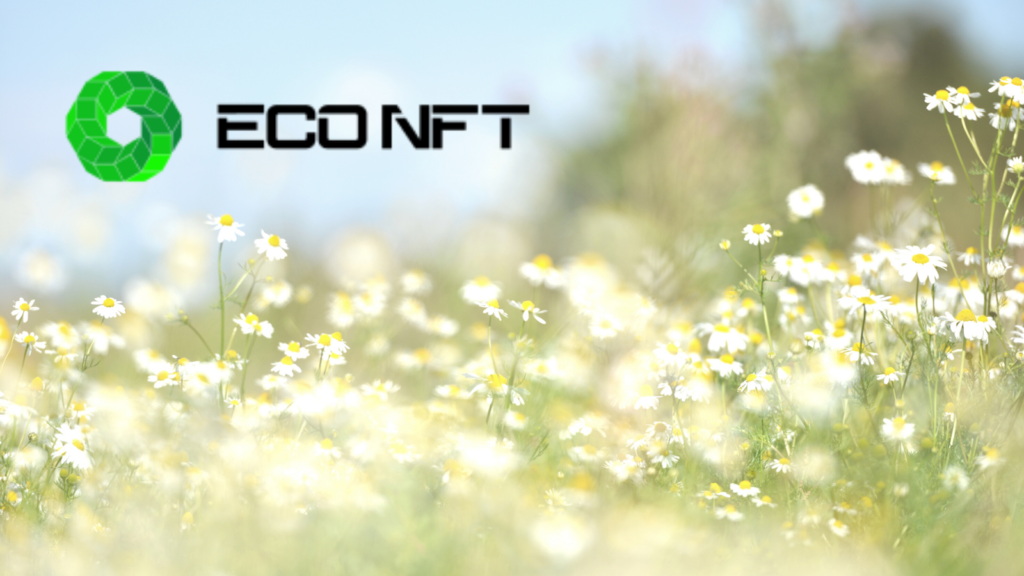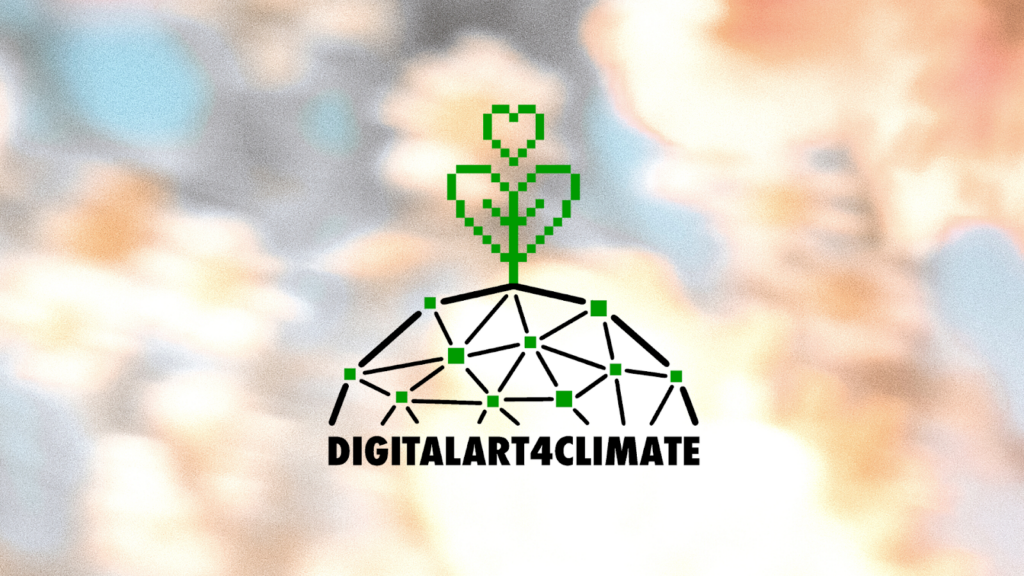Environmentally Friendly NFT: Full Guide to Eco-Friendly NFTs

Green activists blame cryptocurrencies and NFTs for causing severe damage to nature, but organizations have started using non-fungible tokens to raise money for conservation and promote environmentalism. Today everyone can invest in energy-efficient eco NFTs and help to conserve the Earth.
What Are NFTs?

Non-fungible assets refer to something unique, non-interchangeable, and indivisible — for example, Mona Lisa or Beethoven’s Sonata. The price of non-fungible assets may vary over time.
On the contrary, fungible assets can be divided and interchanged. For example, you can exchange a $100 note for two $50 notes. A $100 bill is always worth $100 regardless of who owns it or its condition.
Meet NFTs! They are non-fungible assets stored on the blockchain. Any digital art can be tokenized and turned into a non-fungible token. For instance, a song, a picture, a photo, a video, or a virtual land is an NFT.
NFTs can be traded on special marketplaces or transferred directly between individuals. Like you send Bitcoin to your friends, you can send them non-fungible tokens.
You can create a digital picture and then register it as a token on the blockchain; creating an NFT is called minting.
Functions of NFTs:
- Digital collectibles: Non-fungible tokens attract collectors who like to own unique, valuable, and rare items. Moreover, they can later sell their collectibles at a higher price.
- Proof of rights: Non-fungible tokens are used as authorization to access the exclusive platforms and privileges that NFT owners frequently get from different organizations. Also, NFTs can represent tickets. There are NFT marketplaces that sell tickets to different events as non-fungible tokens.
- Gaming: Web3 games allow players to trade in-game items such as skins, weapons, and power-ups as NFTs on marketplaces and even move them from one game to another. NFTs give additional value to in-game items and revolutionize the whole gaming industry. If you are interested in computer games, you might like such games of the future, so get acquainted with the novel NFT game Gold Fever.
- Branding: companies and celebrities launch NFT collections to monetize their brand and promote themselves in new ways.
Crypto Mining and NFT Effect on the Environment
The process of mining cryptocurrencies like Bitcoin, EthereumPoW, and Dogecoin requires a lot of energy. It exacerbates global climate changes and boosts greenhouse gas emissions contributing to global warming. Crypto mining can cause other environmental problems like air pollution: coal, oil, and natural gas are a few of the energy sources utilized in mining that are linked to air pollution and other environmental problems.
Energy is required not only for mining new crypto coins but also for validating transactions and adding them to the blockchain. So when you mint or transfer NFTs, validators must spend a lot of energy adding your transactions. Minting a digital collectible on a Proof-of-Work blockchain uses the same electricity a European household uses in about 1.5 months.
People blame cryptocurrencies and non-fungible tokens for being harmful to nature. Nevertheless, some options don’t do so much damage to the environment and are considered to be eco-friendly.
Eco-Friendly Blockchains
Blockchains working on Proof-Of-Stake consume less energy than Proof-of-Work blockchains (Bitcoin and Dogecoin). PoS requires validators to hold cryptocurrency on the account to add new blocks to the blockchain. This approach is more energy-efficient than PoW, as it does not require so many computational resources.
1. Solana

Above all, it is the 2nd most popular NFT blockchain. Each Solana transaction uses approximately the same energy as a few Google searches. That’s why producing digital collectibles on Solana is safe for nature. The blockchain has an extensive and well-developed NFT ecosystem. Different marketplaces, NFT games, artist collectives, DAOs, and fractionalization tools can be found.
Popular NFT marketplaces on Solana:
Magic Eden
Solanart
SolSea.
2. Tezos

Tezos is working on energy-efficient technology Proof-of-Stake which allows for building eco-friendly blockchains. One Tezos transaction consumes about the same energy as sending a single tweet.
Tezos often organizes different events for NFT holders and digital artists. For example, it has a partnership with Manchester United, so now fans of the club can get United’s digital collectibles and unlock access to online and in-person events and other exclusive benefits.
Popular NFT marketplaces on Tezos:
Rarible
fx(hash)
Eco.
3. Algorand

Algorand is another green blockchain. It is partnering with ClimateTrade, which helps the platform to offset its carbon footprint. Alogorand makes a significant contribution to environmental sustainability. It encourages solutions utilizing Algorand Blockchain to address climate change and other environmental issues. One Algorand transaction requires less amount of energy than one Google search.
Algorand ensures a smooth and convenient NFT experience for both buyers and sellers by paving the way for a quick, cheap, and low carbon footprint process of producing eco-friendly NFTs.
Popular NFT marketplaces on Algoratnd:
Aorist
Abris.io.
4. Cardano

One more energy-efficient blockchain Cardano is positioned as a sustainable alternative to Ethereum. This blockchain gives NFT enthusiasts the confidence that they are not contributing to environmental problems. Also, Cardano provides a high level of security when creating digital collectibles.
Popular NFT marketplaces on Cardano:
AdaNFT
Galaxy of Art.
5. Flow

Flow is leading Web3 to a more sustainable future. Based on NFT trading volume, Flow is among the top 10 most popular blockchains.
Minting a digital collectible on Flow uses less energy than an Instagram post, while one Google search equals 12 Flow NFTs in energy consumption.
Popular NFT marketplace on Flow:
Flowers NFT.
Eco-friendly NFT marketplaces
Some NFT marketplaces are focused on sustainability and support climate-forward NFT initiatives, so let’s explore the best options.
1. Aorist

Blockchain Algorand powers aorist. The eco-friendly NFT marketplace offsets CO2 emissions and finances climate change projects. Every purchase on the platform generates a donation to ClimateTrade’s Reforestation of Colombia’s Coastal Andes region initiative to offset the CO2 emissions produced by minting the piece.
Investors and collectors can buy artwork from an artist or on the second market.
2. ECO NFT

The main goal of ECO NFT, backed by Tezos, is to protect our nature by fighting environmental destruction. Eco is committed to offsetting its carbon emissions by investing in renewable energy projects.
You can buy and stake NFTs backed by transparent and reliable blockchain technologies on the platform.
3. DigitalArt4Climate

DigitalArt4Climate marketplace focuses on promoting environmentally conscious NFTs. Climate partners with artists and organizations committed to sustainability and used some of its revenue to support environmental causes.
The platform organizes art competitions to inspire and promote climate actions. They invite artists worldwide to participate and create works that raise awareness about environmental issues and promote sustainability.
Environmental Activities Involving Sustainable NFTs
Environmentally friendly NFTs are used to make more people aware of eco problems. Through art, people get to know about environmental issues.
Some examples of how digital collectibles can help attract attention to ecology:
- Eco-friendly NFTs can display endangered species or landscapes and show the impact of human activity on nature. That can raise awareness about the problem and encourage people to take action.
- NFT marketplaces can collaborate with environmental organizations and automatically donate some of the proceeds from selling digital assets on the platform.
- Companies can develop NFT-based games that will educate people about environmental issues. Such games will teach players what actions they can take to help nature.
Environmental organizations are actively using all of these ways.
The Ocean Cleanup
A non-profit organization, The Ocean Cleanup, strives to create cutting-edge technology to clean the oceans of plastic waste. In 2021, they launched an NFT project called “The Ocean Collection,” where they auctioned off digital collectibles to raise funds for their cause.
Wildcards
Wildcards is an eco NFT project that releases digital collectibles to raise funds for wildlife conservation. Each Wildcard environmentally friendly NFT represents a different endangered species. After selling one picture, a portion of the proceeds goes towards conservation efforts for that species.
The TreeDeFi
The TreeDefi platform creates eco-friendly NFTs that show real-life carbon-sequestering trees. These digital collectibles are available for purchase by individuals and businesses. A third of all the transaction fees on the platform are donated to real plant trees. On the website, you can find a colorful dashboard that provides regular updates on carbon offsets.

What You Can Do to Help Nature
- Try using green, energy-efficient blockchains.
- Participate in environmental activities involving NFTs: purchase sustainable NFTs of organizations that raise funds for nature conservation.
- Use NFT marketplaces that donate a portion of the proceeds from selling digital assets on the platform to environmental issues.
- If you are a digital collectibles creator, you can try lazy minting, which implies that you first find a purchaser and then mint your digital collectible. That can reduce carbon footprint by 2-3 times.
- Choose renewable energy sources if you want to start mining crypto in 2024.
FAQ
Non-fungible tokens produced on energy-efficient blockchains, such as Solana, Flow, or Tezos, are considered eco-friendly as they consume very little energy. However, digital collectibles on PoW blockchains, known as traditional non-fungible tokens, consume hundreds of times more energy than eco ones.
Traditional NFTs consume much energy and require significant computing power to be minted and transferred to other accounts. Conversely, eco-friendly NFTs need as much energy as one Google search. Using green blockchains and eco-friendly NFTs can help reduce the carbon footprint associated with creating and exchanging digital assets.
Sustainable NFT platforms organize environmental initiatives involving non-fungible tokens and donate portions of the proceeds from selling digital assets. Examples of sustainable NFT platforms are Aorist, Eco NFT, and DigitalArt4Climate.
Conclusion ✨
Crypto enthusiasts should prioritize using only environmentally friendly NFTs and green blockchains to reduce a negative human impact on the environment. This initiative will reduce our impact on global climate change and curb greenhouse gas emissions.
